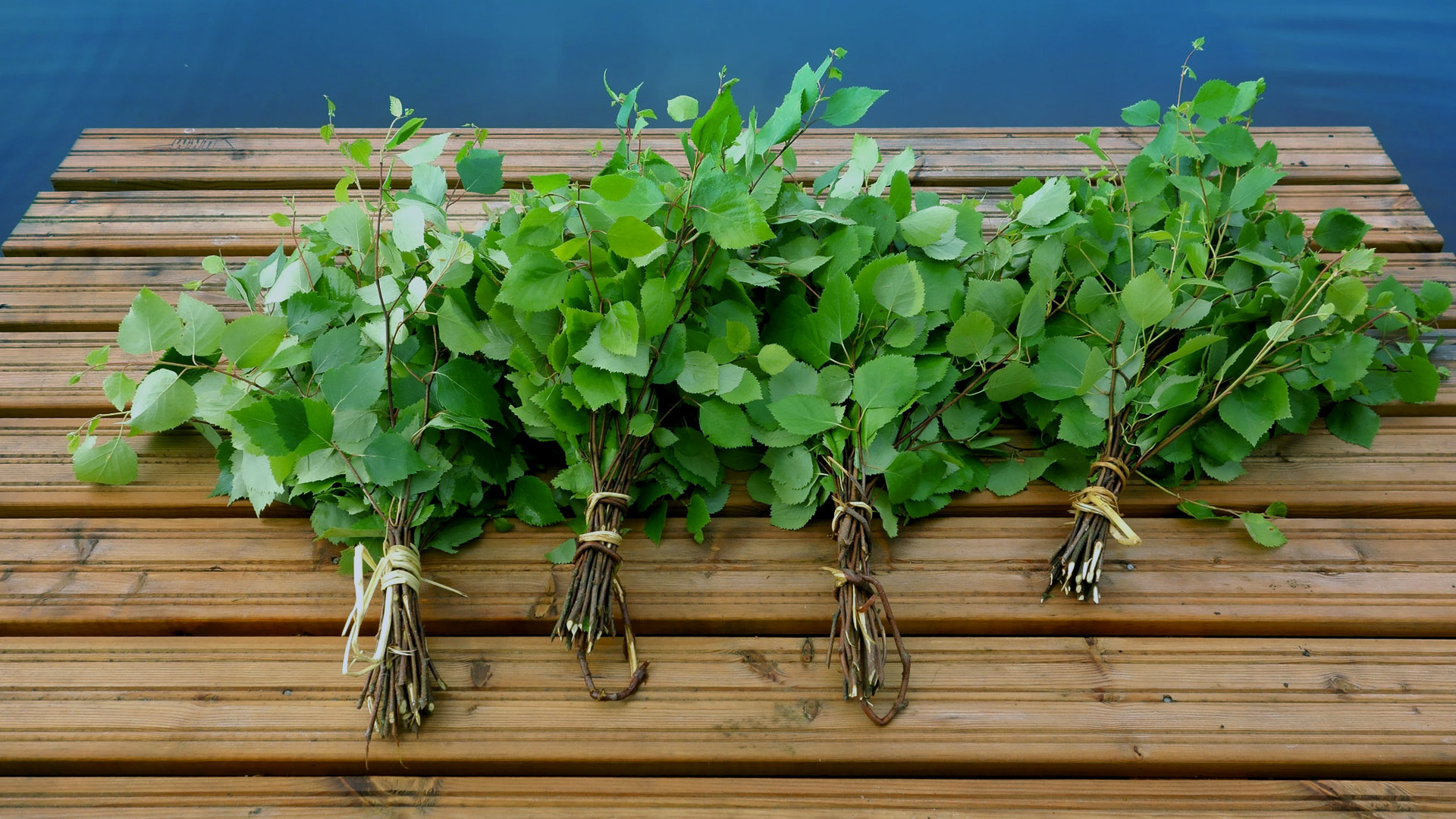At its most primitive, the sauna was probably a pit dug into a slope, with a heap of heated stones in one corner. The dugout developed into a four-cornered log hut with an earth floor and a chimneyless stove. This served as both a primitive dwelling and a bath. There was smoke in the room when the stove was being heated, but afterward, it vanished, leaving behind a smoky smell. The smoke sauna, with some modern adaptations, is nowadays becoming quite popular again. The next step in the story of the sauna was the addition of a chimney to the stove, which was then heated just once each time. Still later here came a newer type of stove which could be kept hot by continuous heating.
Today the Finnish word sauna may refer to a building or just a room with wooden walls, floor, and ceiling. There is a stove, which is heated with wood, electricity, oil or gas. The top of the stove is covered with a thick layer of natural stones, which radiate the heat to the room.
Humidity is regulated by small doses of water ladled repeatedly onto the stones. The resulting steam, rising from the stones, is called steam. The temperature varies between 70 and 100°C, depending on the size of the room. Bathers warming up in the hot room help perspiration by using whisks made of tender birch twigs. Warming-up is followed by washing and cooling off. Arrangements for cooling off in the open air are welcome.
In due course, a dressing room and a washing room were added to the original one-roomed sauna. Sauna suits, frequently used by business people for entertaining guests, may include other additions such as a sitting room with a fireplace. A small private summer sauna often consists only of the hot room and the dressing room. In any case, modesty and simplicity are traditionally characteristic of the Finnish sauna. The ostentatious decoration of the facilities is out of the question.











